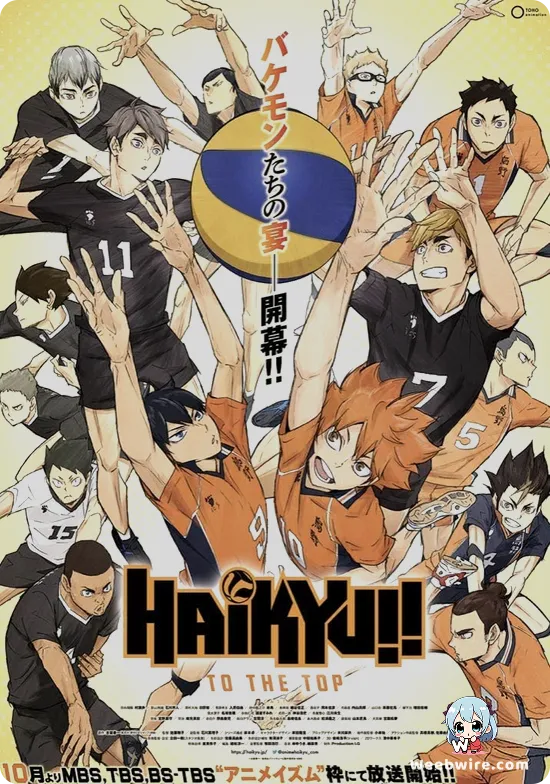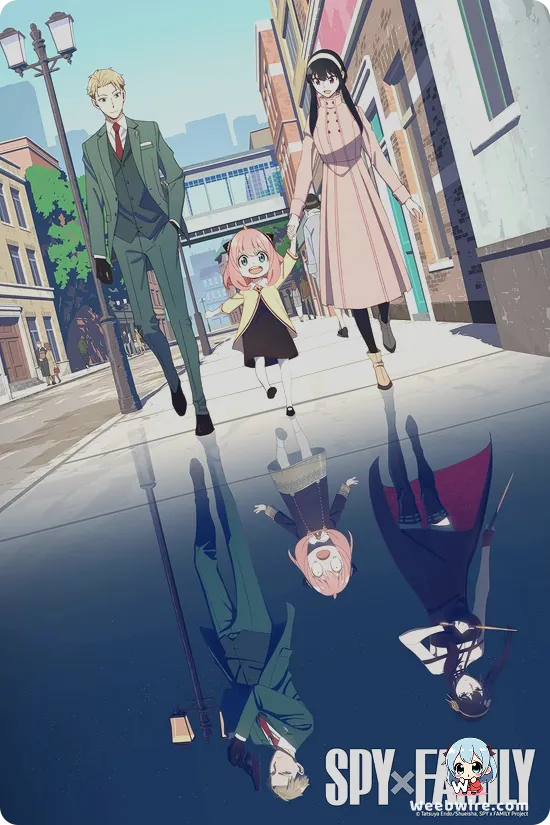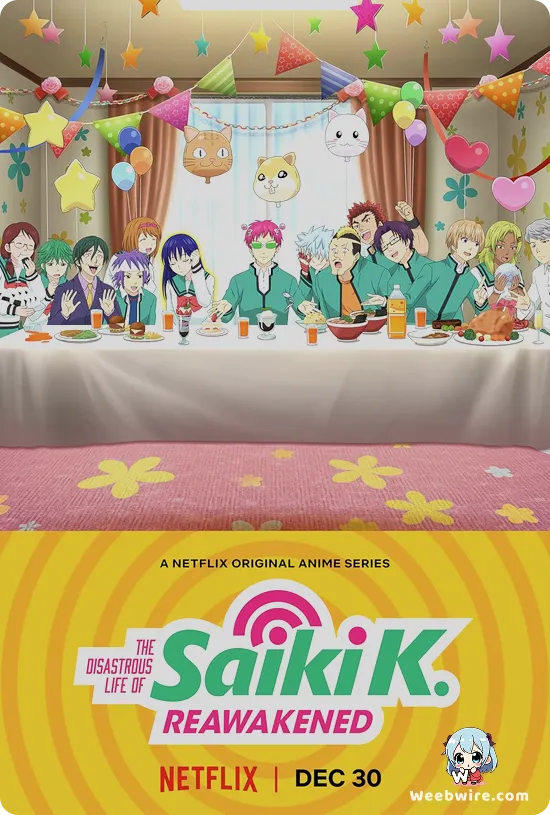Beyond the Gloom: Unearthing the Satirical Brilliance and Production Secrets of Sayonara, Zetsubou-Sensei
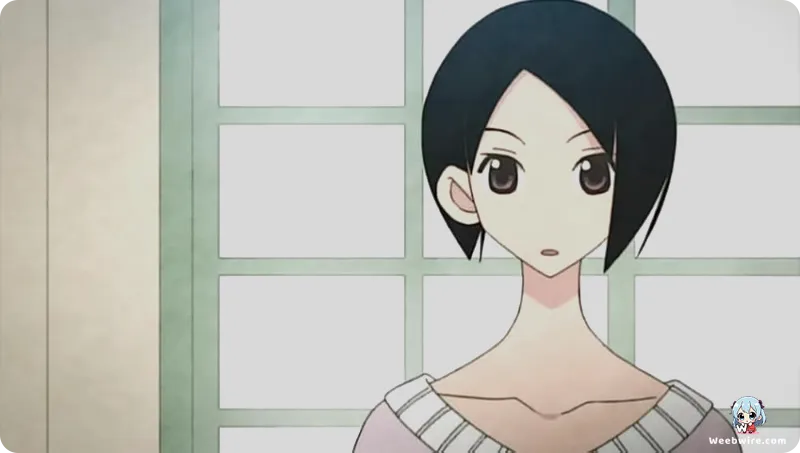
Koji Kumeta's Sayonara, Zetsubou-Sensei, which first captivated audiences in 2007, stands as a monumental achievement in anime. It expertly fuses dark humor with incisive social critique. This Studio Shaft adaptation quickly distinguished itself, drawing viewers into the world of Nozomu Itoshiki, a high school teacher whose profound pessimism drives him to theatrical suicide attempts at every turn. Yet, beyond its widely recognized premise, the series is a treasure trove of intricate details and production genius that elevate it far beyond a simple dark comedy.
The Singular Vision of Koji Kumeta
At its heart, Sayonara, Zetsubou-Sensei is a testament to the singular creative vision of its mangaka, Koji Kumeta. Known for his intellectual and often cynical narrative style, honed in previous works like Katteni Kaizo, Kumeta's original manga is a densely packed tapestry of textual gags, subtle visual nuances, and a plethora of references that reward meticulous attention. This unparalleled detail in the source material profoundly influenced Studio Shaft's adaptation. The animation studio rose to the challenge, developing an equally sophisticated visual language to translate Kumeta's complex humor, often transforming the manga's small, hidden comments into rapid-fire cuts, background text, or nuanced character reactions, ensuring the satirical integrity remained uncompromised.
Studio Shaft's Defining Artistic Identity
Indeed, Sayonara, Zetsubou-Sensei is frequently hailed as a pivotal series in the evolution of Studio Shaft’s now-iconic animation style, particularly under the discerning eye of director Akiyuki Shinbo. Prior to this series, Shaft had already explored distinctive visual aesthetics, but Zetsubou-Sensei provided the canvas for them to fully embrace and refine the stylistic hallmarks that would later become synonymous with the studio. The infamous ‘Shaft head tilt,’ abstract and minimalist backdrops, lightning-fast cuts, and surreal imagery were not merely artistic flourishes; they were meticulously crafted choices designed to amplify the anime’s satirical tone and mirror Nozomu Itoshiki’s distorted worldview. The series' audacious visual experimentation, incorporating real-world photographs, live-action segments, and unconventional framing, was nothing short of revolutionary at the time, solidifying Shaft's reputation as a studio unafraid to shatter creative conventions. It offers a compelling glimpse into how a single project can serve as the crucible for a studio's defining artistic identity.
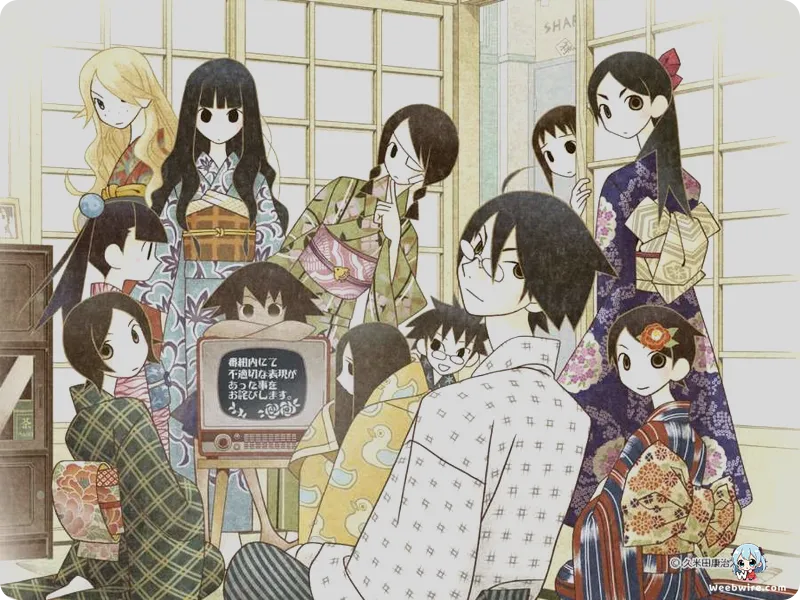
Ingenious Character Naming
The intellectual depth of Sayonara, Zetsubou-Sensei also extends to its brilliantly conceived character designs and, more notably, their names. Koji Kumeta, a master of linguistic dexterity, embedded clever puns or direct references to personality traits, societal issues, or literary figures within almost every character's name. For instance, the protagonist, Itoshiki Nozomu (糸色望), when read horizontally, cleverly spells out ‘zetsubou’ (絶望), meaning ‘despair.’ Similarly, Kafuka Fuura (風浦可符香) is an unmistakable homage to Franz Kafka, reflecting her enigmatic and often absurd observations. Komori Kiri (小森霧) literally translates to ‘shut-in,’ perfectly embodying her hikikomori lifestyle, while Kitsu Chiri (木津千里) evokes ‘kitchiri’ (きっちり), meaning ‘neatly’ or ‘precisely,’ mirroring her obsessive-compulsive tendencies. These multi-layered linguistic intricacies enrich the character ensemble, deeply rewarding viewers who delve into the subtleties of the Japanese language and Kumeta’s ingenious craftsmanship.
Symbolic Openings and Endings
Furthermore, the anime's opening and ending sequences are far from mere musical interludes; they are a vibrant tapestry of hidden meanings and artistic genius. These highly symbolic and visually breathtaking sequences frequently evolve, sometimes even within a single season, brimming with abstract imagery, cultural allusions, and visual metaphors that comment on the series' overarching themes or subtly foreshadow future events. Dedicated fans have spent countless hours meticulously dissecting individual frames, scouring for subtle clues or ingenious parodies. This constant evolution and symbolic density rendered the openings and endings an indispensable component of the ‘Zetsubou-Sensei’ experience, transforming them into standalone pieces of art rather than conventional credit rolls.
Meta-Commentary and Parody
Beyond its visual and linguistic brilliance, the series serves as a veritable encyclopedia of meta-commentary and parody. It frequently shatters the fourth wall, offering sharp observations on the anime industry, censorship, burgeoning fan culture, and even the very fabric of storytelling itself. Episodes often feature characters candidly discussing production deadlines, common voice acting tropes, or the challenges inherent in adapting specific manga panels. This profound self-awareness is not merely for comedic effect; it serves to underscore the inherent absurdities of media consumption and production, sharpening the anime's satirical edge. The sheer volume of cultural references, ranging from classical literature to contemporary Japanese politics and pop culture, ensures a perpetually rewarding experience for attentive viewers who can decipher the myriad allusions.
The Power of Voice Acting
Finally, the exceptional voice acting, particularly Hiroshi Kamiya’s indelible portrayal of Nozomu Itoshiki, forms a critical cornerstone of the anime’s widespread acclaim. Kamiya’s performance flawlessly captures the teacher’s theatrical despair, his melodramatic declarations of hopelessness, and the subtle glimmers of genuine concern for his eclectic students. This role is widely celebrated as one of Kamiya’s most iconic and influential performances, a testament to his remarkable ability to deliver rapid-fire dialogue and embody a character whose emotional landscape oscillates wildly between profound cynicism and exaggerated anguish. His distinctive voice became inextricably linked with the character’s unique brand of tragicomedy, cementing Itoshiki Nozomu as an unforgettable and iconic figure in anime history.
Sayonara, Zetsubou-Sensei endures as a seminal work, not only for its uproarious comedic moments but for its intelligent, multi-layered humor and its daring artistic choices. These insights into its meticulous craftsmanship and intellectual depth underscore why the series continues to resonate deeply with audiences who appreciate satire that is as profoundly sharp as it is despairing.
Credits
Sayonara, Zetsubou-Sensei
Author
Koji Kumeta
Cover Art
Koji Kumeta
Studio
Shaft
Publisher
Kodansha
Producers



